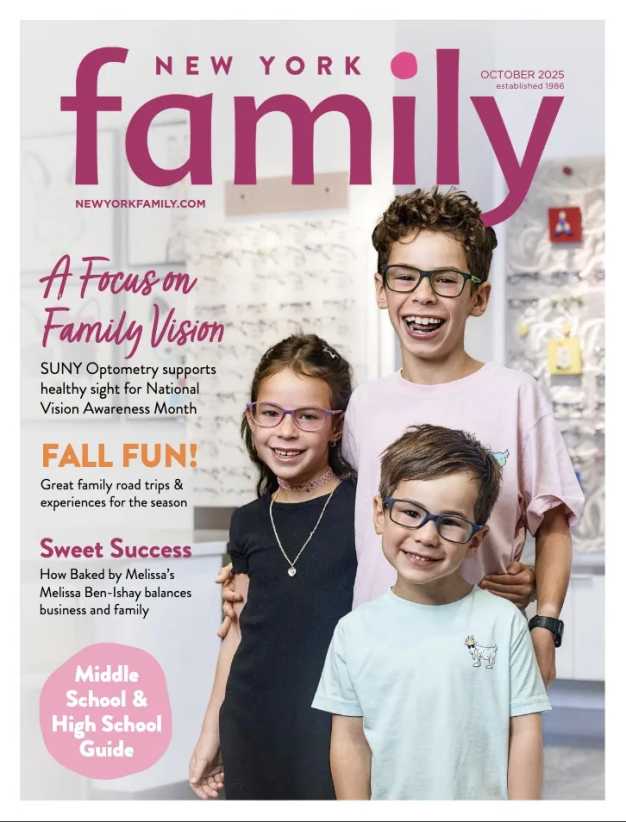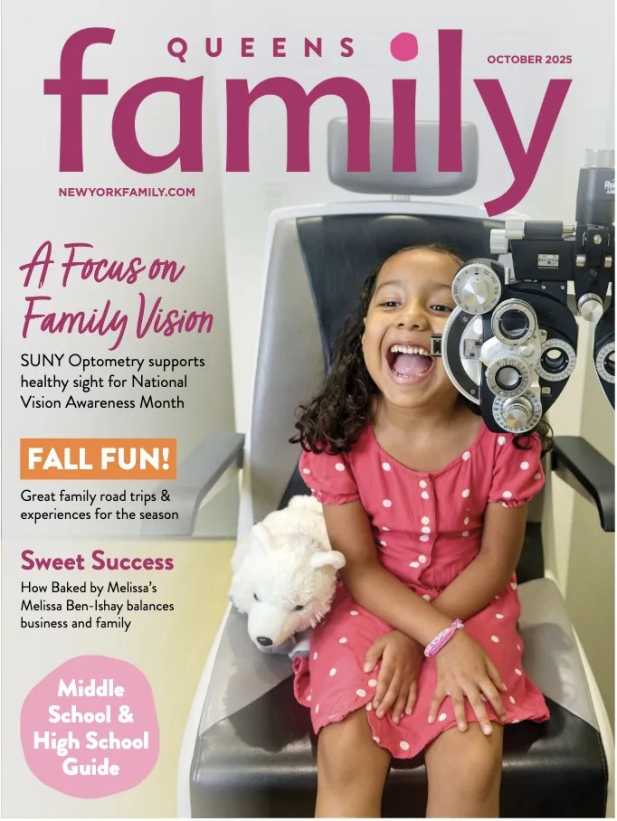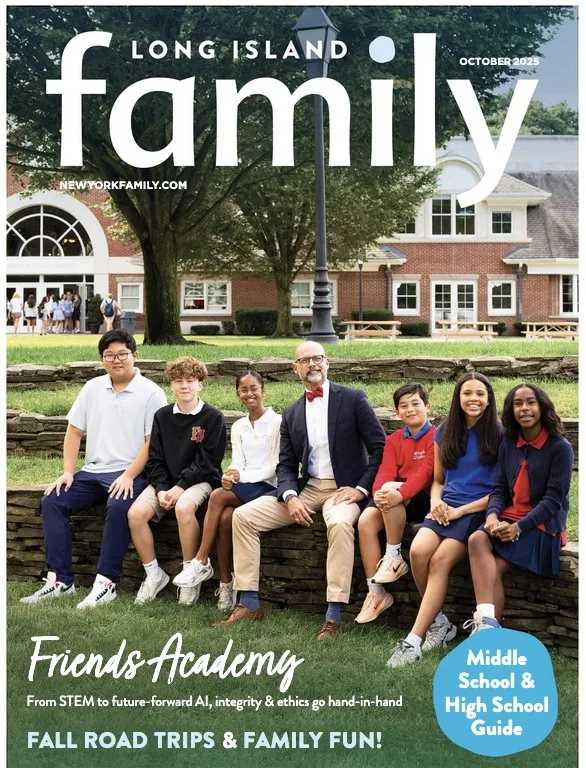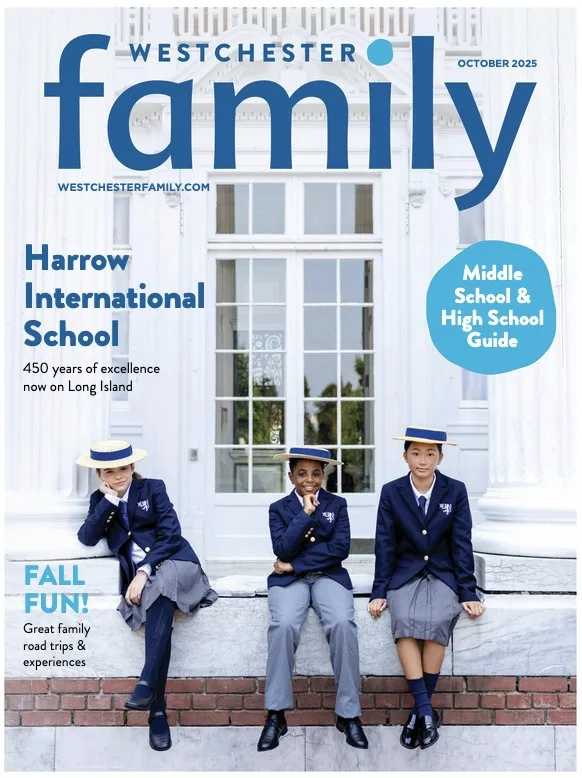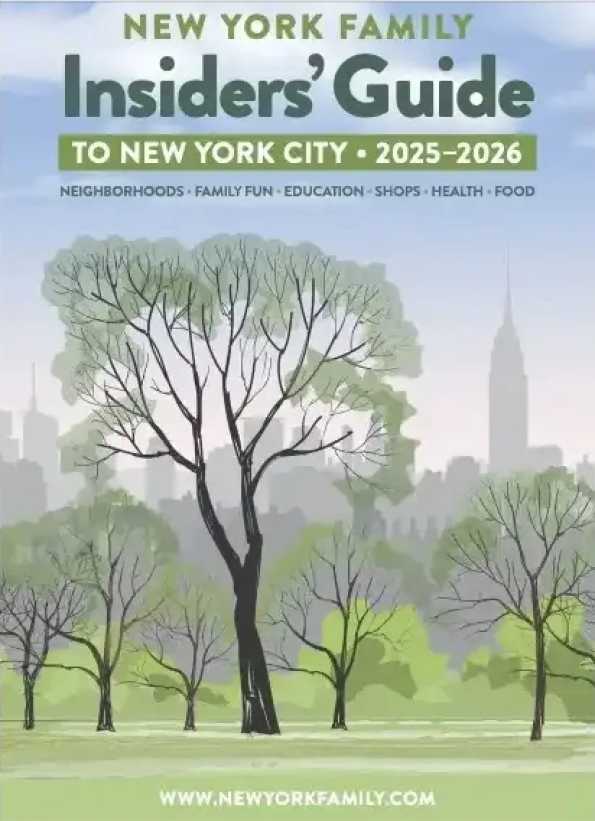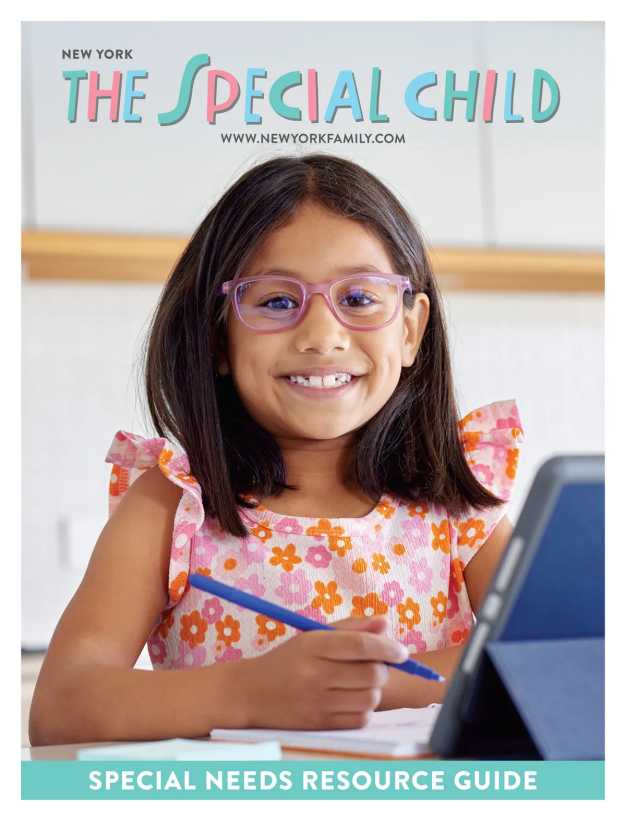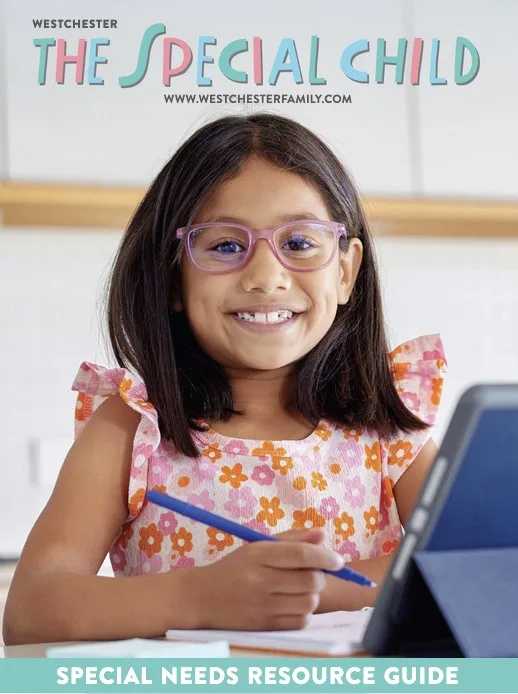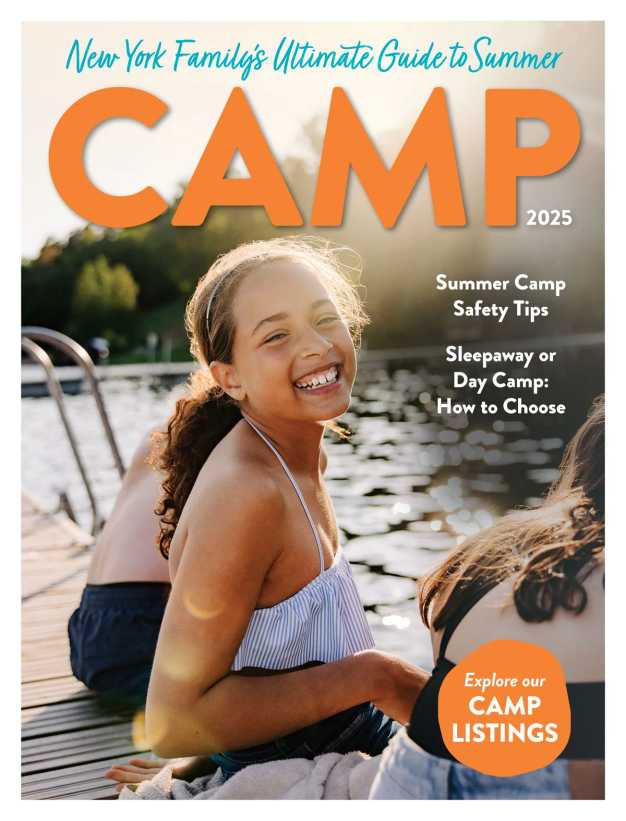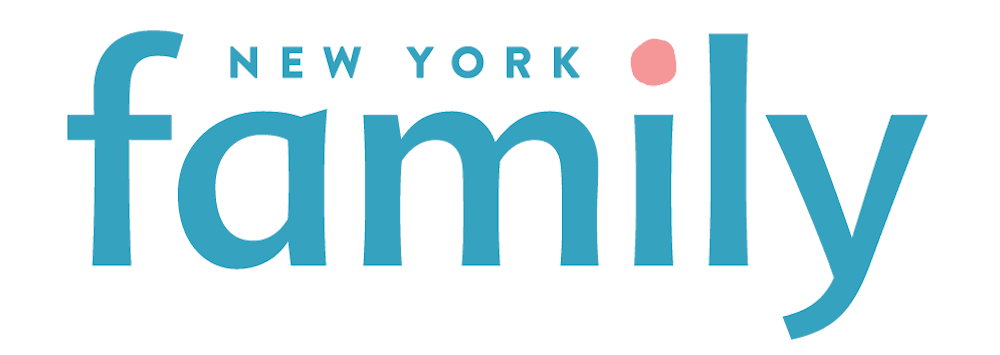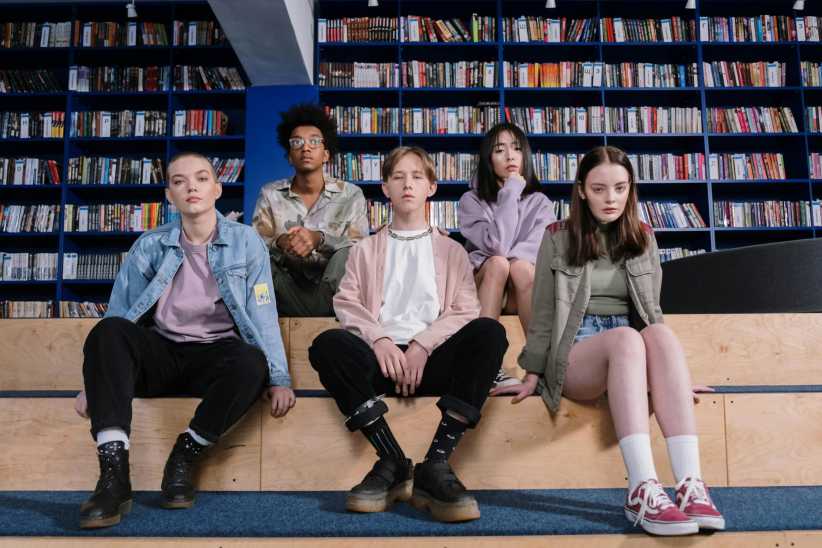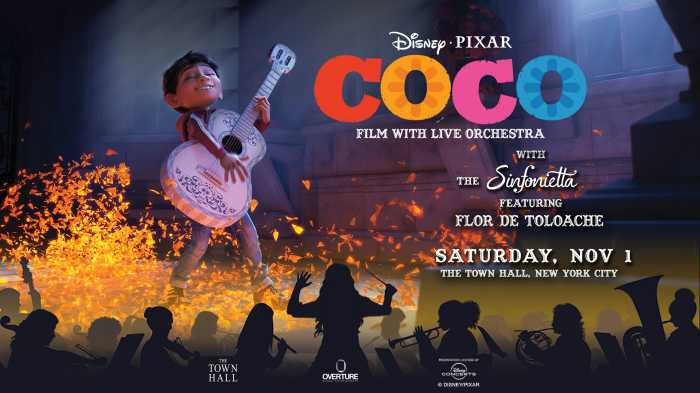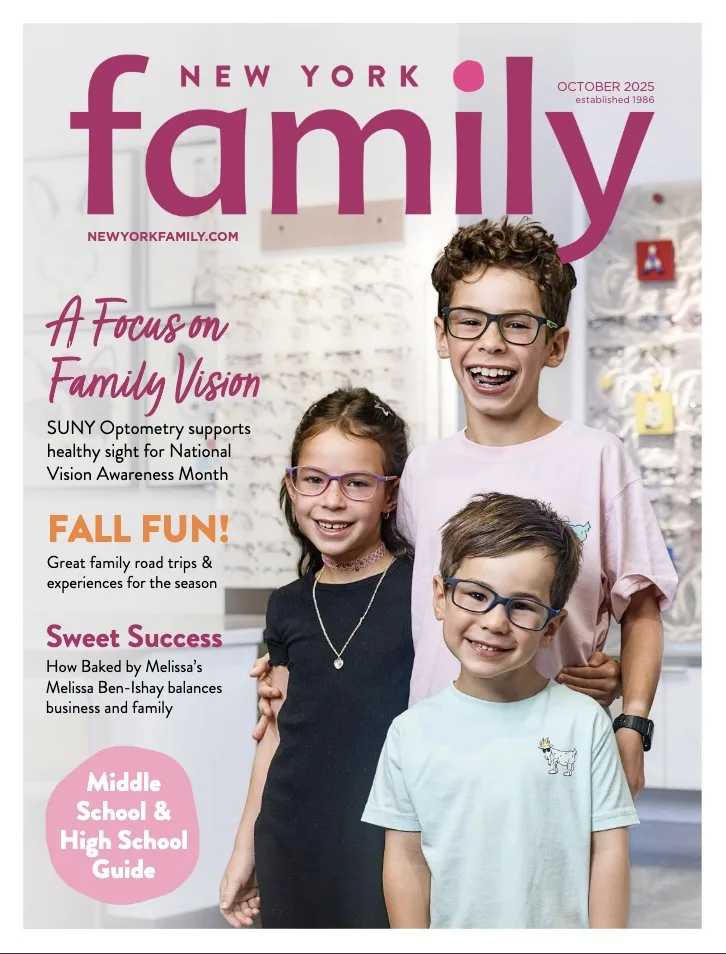Editor’s note: This story is part of our larger 2015-2016 NYC Admissions Guide, which you can read here.
- For our story on the Universal Pre-K admissions process, click here.
- For our story on Kindergarten admissions, click here.
- For our story on charter schools admissions, click here.
- For our story on independent nursery school admissions, click here.
- For our story on independent school admissions for Kindergarten and up, click here.
- For our story on Catholic school admissions, click here.
The process for applying for a spot in one of the city’s Gifted & Talented (G&T) programs can seem daunting, what with the testing of your young child and the miserly placement rates. But many parents, even ones zoned for high-performing neighborhood schools, pursue it because they think a G&T program would be the best option for their child. By far, the biggest entry point is in Kindergarten, though you can apply through grade 5 for the grade school programs. Later on, there are entry points for a few citywide middle school gifted programs, and then there are the selective high schools.

For applications, the time to pay attention is early fall, when the DOE announces the application schedule for that year. Last year, for example, the process began in early October and the deadline to submit a “Request for Testing” form was November 12, though it changes from year to year. Try to submit the RFT as soon as possible to increase the odds of being tested at a location that is convenient to you. Visit the DOE website at schools.nyc.gov/ChoicesEnrollment/GiftedandTalented to review the process and note the important dates. You can submit a request for a testing form on the website, in person at an enrollment office, or at your child’s public school. Testing takes place primarily in January.
Children must score in the 90th percentile to be considered for placement in a gifted program in a district elementary school for local children, and a 97 percent or higher to be eligible for citywide programs that draw students from all five boroughs. Competition for the most elite programs has been so stiff that not even all 99 percent-ers receive a citywide offer at the most popular options. The bottom line is that there are not enough G&T spots for the number of students who qualify for one—but don’t let that stop you if you think your child belongs in a G&T program. The five citywide G&T schools are Anderson, NEST+m, and TAG in Manhattan, 30th Avenue School (Q300) in Queens, and the Brooklyn School of Inquiry. There is also the Special Music School at Kaufman Music Center (P.S. 859), a K-12 public school for musically gifted children.
Applicants take two multiple-choice tests—a verbal aptitude portion called the Otis-Lennon School Ability Test (OLSAT), and the non-verbal Naglieri Nonverbal Ability Test (NNAT2) aptitude test that uses pattern completion and spatial visualization. Both are administered one-on-one by early childhood school teachers. It’s recommended that parents go over sample test questions from the DOE website with children a few times before the test. While the NNAT2 was designed especially to measure innate ability—i.e., to be tutor-proof—lots of parents see test prep books and test prep courses as a way of giving their children a leg up.
After their child is tested in January or February, parents learn of their child’s eligibility in April, and then must immediately apply for actual programs, ranking the programs in order of interest. They will receive a notification letter in late May indicating whether they’ve been offered placement, and can weigh that option against their neighborhood public school and any other school options—public, private, charter, or parochial—they may have. The DOE process covers all public school G&T programs except for the renowned Hunter College Elementary School, which is administered by Hunter College rather than by the DOE, and has different application policies. Visit their website (hunterschools.org) in late August to find out the application procedure and dates for the year. Initially, children applying to Hunter have to meet with an approved tester and complete a modified Stanford-Binet V exam. It costs $350, but there are fee waivers for qualified families. Applicants who make the cutoff score then enter a second round, which includes an assessment at the school.
There are many elite independent schools in the city whose programs are capable of addressing the needs of gifted students. Among them, the Speyer Legacy School (speyerlegacyschool.org) is solely devoted to gifted education; and the Lang School (thelangschool.org) is devoted to the “twice gifted” (i.e., students of exceptional academic ability who also have special challenges like Asperger’s Syndrome, anxiety, or dyslexia).
As with many school admissions processes, there are a few lingering controversies with the city’s G&T testing and admissions policies. For many years, the city’s G&T programs were largely administered at the district level, with a variety of different programs and testing procedures. Then it became centralized at the DOE, with one test for all. The relative percentage of minority students in the gifted programs has never been that high, but once the system became centralized, their numbers went down even further. There have been several attempts to try to remedy this by making tutoring more widely available and by changing the exams themselves, but the percentages of minority students in the programs are still very low compared to their overall numbers in the system. There has been occasional talk of disbanding the G&T program, but many parents favor its existence as an attraction and bulwark of the school system, if not the city itself. The de Blasio administration has indicated that it will maintain the city’s commitment to G&T programs, while doing more to raise the overall quality of struggling neighborhood schools.
The consensus among the experts who create IQ tests is that they actually don’t have much predictive value when applied to 4-year-olds, who are the primary group being tested for the G&T programs in NYC. Apparently, they’re just too young to have their academic potential reliably evaluated. But here’s the paradox: While the tests may not be reliable as a predictor of a specific student’s potential, they do seem to work overall, because on average the G&T programs have much higher reading and math scores than neighborhood-based schools. Two problems: What about students whose academic promise becomes apparent in grades 1 or 2 (or later) when the G&T spots are mostly filled up? And what about students who secured a G&T spot because of their score at age 4, but in time have shown that they really aren’t that type of learner? Some wonder if the G&T process should begin in grades 2 or 3, but it’s hard to image the city undergoing that kind of bureaucratic tizzy when they have so many other education challenges to wrestle with.
Eric Messinger is the editor of New York Family; he can be reached at emessinger@manhattanmedia.com. Robin Aronow is the founder of School Search NYC, which advises local parents on both private school and public school admissions. For more on her services, visit schoolsearchnyc.com.
